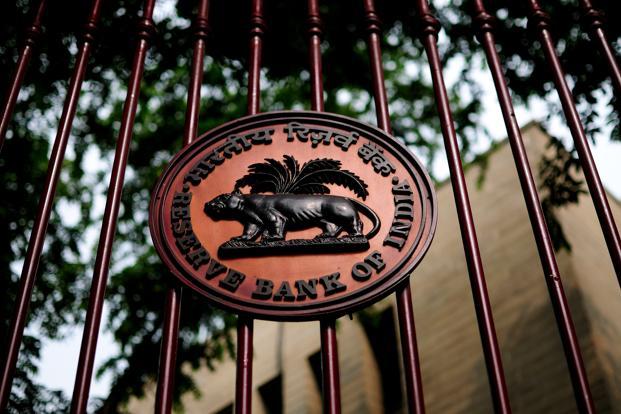The market seems to be developing a love-hate relationship with new Reserve Bank of India (RBI) governor Raghuram Rajan. On 4 September, the day Rajan took over, BSE Ltd’s benchmark equity index Sensex greeted him with a 1.83% rise. Last week, after his maiden monetary policy announcement, the Sensex lost 1.85%. On his part, Rajan has made it clear he prefers to do the right things, not bothering about Facebook likes. In less than three weeks since he took over, Rajan has done quite a few right things. Apart from presenting a smart policy, he has started moving things in RBI in a time-bound manner.
A day before the policy, RBI formally relaxed its norms for banks to open branches in bigger cities—something Rajan had promised on 4 September. Similarly, the Urjit Patel committee, which is to make suggestions to strengthen the monetary policy framework in three months, is in place. If Rajan keeps his word, RBI will announce new bank licences by end-January. Former finance minister Pranab Mukherjee had first announced the government’s intention to allow more private entities to set up banks in February 2010.
As an institution, RBI is known for its impeccable integrity and intellectual honesty but not necessarily for pushing things in a time-bound manner. Many also feel it lacks accountability. Apart from ensuring price stability with one eye on economic growth, Rajan may need to look at some of the structural issues within the RBI bureaucracy.
A few years ago, the head of a private bank had to approach a deputy governor of RBI as the central bank had refused to clear his salary structure for over six months. Under the norms, the salaries and bonuses of the chief executive officers (CEOs) of private and foreign banks need the clearance of the regulator. RBI has every right to say no to anybody, but the practice is to not clear these files for months without assigning any reason.
The regulations are also not uniform. For instance, RBI has no role to play in the selection of CEOs of private and foreign banks and their boards but the governor heads the appointment panel that picks the CEOs of public sector banks and RBI has its representatives on the boards of all public sector banks.
There is no clarity either on the role of RBI’s board, where the governor—the CEO of the organization—is the chairman. The committee of the central board, which meets every Wednesday, however, has a specific role to play, including dissecting the bank rate. Incidentally, despite the noise it makes for autonomy, one wonders why only the ministers in power grace all RBI functions. I can’t recall a single occasion when the leader of the opposition or, say, a former finance minister known for his intellectual acumen has been invited for any RBI function.
An internal committee of the central bank recently said that its balance sheet should be more transparent by including information such as employee cost and expenses on printing of notes. RBI’s balance sheet doesn’t clarify many things. In fact, the Central Bank of Sri Lanka’s balance sheet is more transparent than that of RBI.
RBI, in its balance sheet, does not give details of various provisions made; there’s no classification of foreign currency assets; and there is no cash flow statement. The Sri Lankan central bank gives the cash flow statement, classifies its foreign currency assets including derivatives, and says how much of these assets it is holding till they mature and how much it can trade. It also gives a detailed presentation on how many pension, gratuity and other employee welfare schemes it runs.
For the first time this year, the government appointed two auditors for RBI, apparently without consulting it. Indeed, RBI is a statutory regulatory authority and enjoys independence to carry out functions but an independent audit can only enhance its accountability. Incidentally, the Financial Sector Legislative Reforms Commission has recommended that the accounts of all financial regulators shall be audited by the Comptroller and Auditor General of India.
RBI was set up as a private shareholders’ bank in British-ruled India in 1935. It was nationalized in 1949 but there has been no change in its organizational structure. Rajan can play the role of a change agent. To start with, he can allow lateral entry at every level. Like autonomy, accountability is also a perception that RBI needs to create in the collective mind of the public.
Snakes and ladders
Two months after the deadline for applications for new banks expired, there have been two changes in the list of applicants. One, Value Industries Ltd, a unit of Videocon Industries Ltd, has withdrawn its application for a banking permit, and two, Chandigarh-based real estate and hospitality company KC Land and Finance Ltd has sought a banking licence. The original list of 26 permit seekers, released by RBI on 1 July, did not have this name.
Many are finding the sudden appearance of a new applicant and withdrawal of the Videocon group mysterious. Here is what happened. At some point, Venugopal Dhoot, chairman of Videocon Industries, was tipped to get into the board of RBI and this prompted the group to drop the idea of seeking a banking licence to avoid any conflict of interest. It’s another story that Dhoot’s nomination to RBI’s central board finally did not work out.
As far as KC Land is concerned, instead of carrying the application physically to the RBI central office in Mumbai with reams of papers supporting its credentials and explaining the banking plan, the company apparently sent a relatively brief application through post and it was located much later. Hence, the delay in notifying its name to the public. Those who have been looking for some conspiracy will be disappointed.



